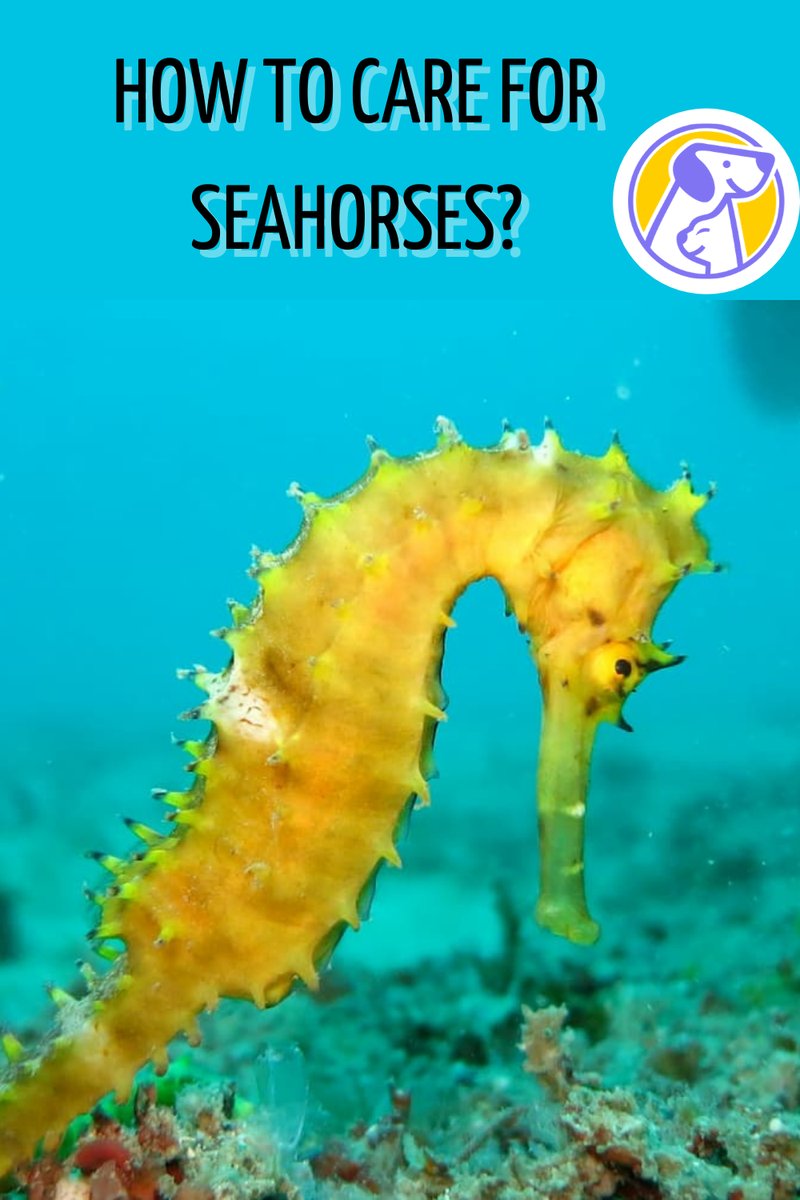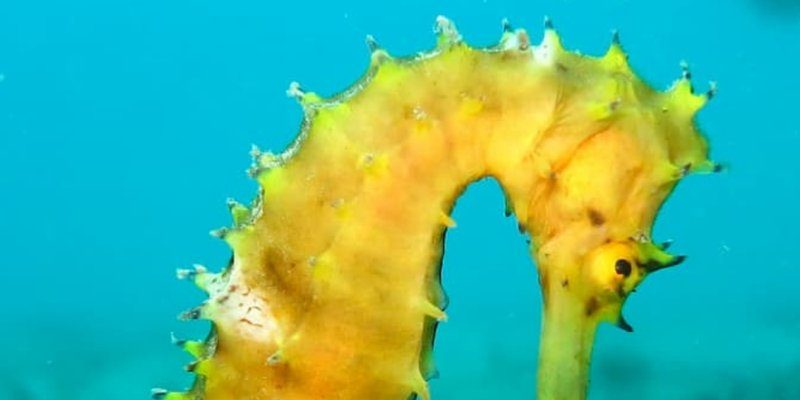
Here’s the thing: seahorses aren’t like your typical fish. You can’t just set up a tank and toss them in. They require a bit of extra TLC to thrive. Think of this guide as your trusty handbook for everything you need to know about keeping seahorses happy and healthy. From choosing the right tank mates to ensuring water quality, let’s dive into the essentials of seahorse care.
Choosing the Right Aquarium
When it comes to selecting an aquarium for your seahorses, size matters. A minimum of 30 gallons is often recommended, as seahorses prefer space to move around and establish territories. Smaller tanks can lead to stress and health issues. Beyond size, you’ll want to consider tank shape. A taller tank gives them room to swim up and down, mimicking their natural environment.
Also, keep in mind that seahorses are poor swimmers. They rely on currents created by your aquarium’s filtration system. Therefore, a gentle flow is key. Avoid strong currents, as they can exhaust your seahorses. A filter with a sponge attachment or a designated seahorse filter can do wonders for maintaining a balanced, calm environment.
Water Quality and Conditions
Water quality is *crucial* when caring for seahorses. They are sensitive to changes and thrive in stable conditions. You should aim for a temperature of 72-78°F (22-26°C), salinity of 1.020-1.025, and a pH level of 8.1-8.4. Regular testing is essential. Use a good quality test kit to monitor ammonia, nitrite, nitrate, and pH levels.
Filtration is also essential. A canister filter or sump system works great for keeping the water clean without creating too much flow. Regular water changes—every two weeks, if possible—will help maintain a stable environment. Aim for about 10-20% of the tank’s water volume. Here’s a friendly tip: keep a journal of your water test results. It can help you spot trends and address issues before they become problems.
Choosing the Right Tank Mates
Seahorses can be particular about their company. They’re peaceful creatures that prefer a relaxed atmosphere, so it’s essential to choose compatible tank mates. Some good options include small fish like clownfish or gobies, but be cautious of more aggressive fish that might nip at their tails.
Avoid keeping them with species known to be fin nippers, like some types of damselfish. If you’re unsure about compatibility, it’s best to research or consult with your local aquarium expert first. Remember, a harmonious tank leads to happier, healthier seahorses.
Feeding Your Seahorses
Feeding seahorses can feel a bit different from feeding your typical fish. These little guys are picky eaters and often prefer live food. Brine shrimp and frozen mysis shrimp are popular choices. You might be wondering about their feeding frequency. Generally, you should feed them 2-3 times a day, making sure they have enough time to eat without competition from other fish.
You can also try using a feeding station or a small dish to keep food from floating away too quickly. Seahorses can have trouble competing for food in a busy tank. Keep an eye on what they’re eating and adjust portions accordingly. They should have a rounded belly after a meal; if not, it may be time to adjust their diet or feeding schedule.
Maintaining Tank Environment
Creating a suitable environment for your seahorses goes beyond just water quality. They benefit from live plants which provide surfaces to anchor onto, as well as hiding spots. This can reduce stress and give them places to feel secure. Macroalgae is a popular choice since it mimics their natural habitat and can also help maintain water quality.
You’ll also want to minimize sharp decorations that could harm their delicate bodies. Smooth rocks and gentle corals are preferable. Use sand or soft substrate at the bottom of the tank, as this encourages their natural behavior and helps maintain a stable environment.
Common Health Issues and Solutions
Like all pets, seahorses can face health issues. One common problem is ick, a parasitic infection that can be deadly if left unchecked. Symptoms include white spots on the skin and lethargy. If you suspect your seahorse has a health issue, it’s crucial to act quickly. Quarantine the affected seahorse and treat the entire aquarium with appropriate medications.
Another issue can arise from improper feeding, leading to malnutrition. If your seahorse appears thin or has a sunken belly, it’s essential to reassess their diet. Ensure they’re getting adequate nutrition, and consider adding variety to their meals.
Regular Maintenance and Care Routine
To keep your seahorse healthy, establish a regular maintenance routine. This includes weekly water testing and biweekly water changes. Clean the substrate and decorations gently to avoid disrupting your seahorses.
Additionally, you should keep an eye on their behavior. Healthy seahorses will swim gracefully and interact with their environment. Any signs of stress or unusual behavior should be addressed quickly. Creating a care schedule can help you stay organized. You might want to set reminders for feeding, water tests, and maintenance tasks.
In the end, taking care of seahorses can be a rewarding experience. It might take a little extra effort compared to other fish, but the joy they bring is well worth it. With patience, knowledge, and a little bit of love, your seahorses can thrive, turning your aquarium into a little slice of ocean paradise. So grab your gear and get ready for an aquatic adventure!

